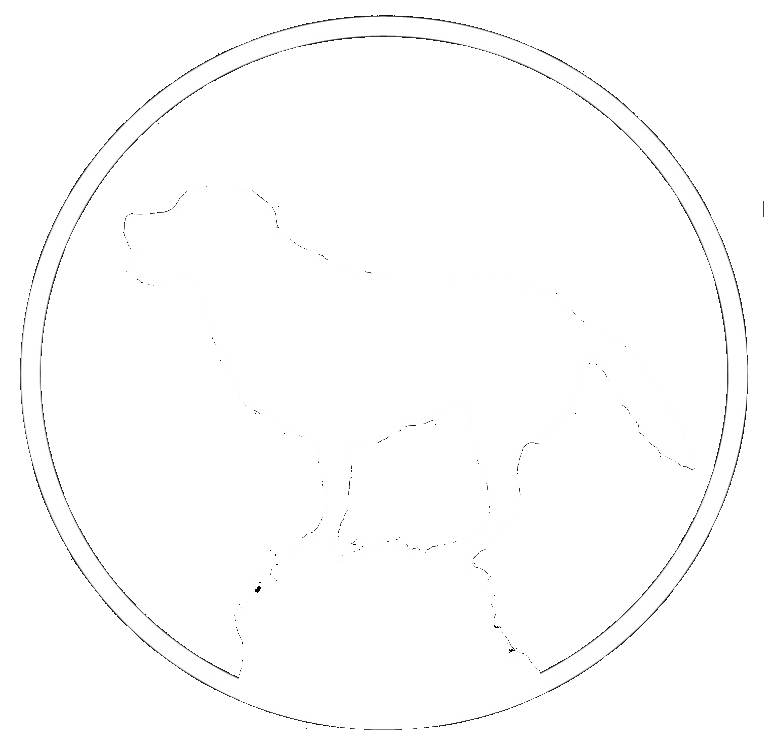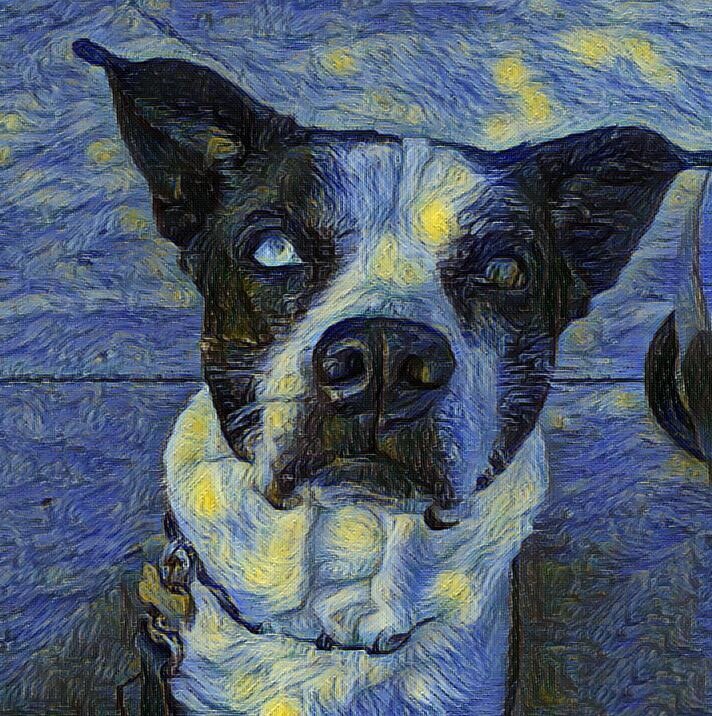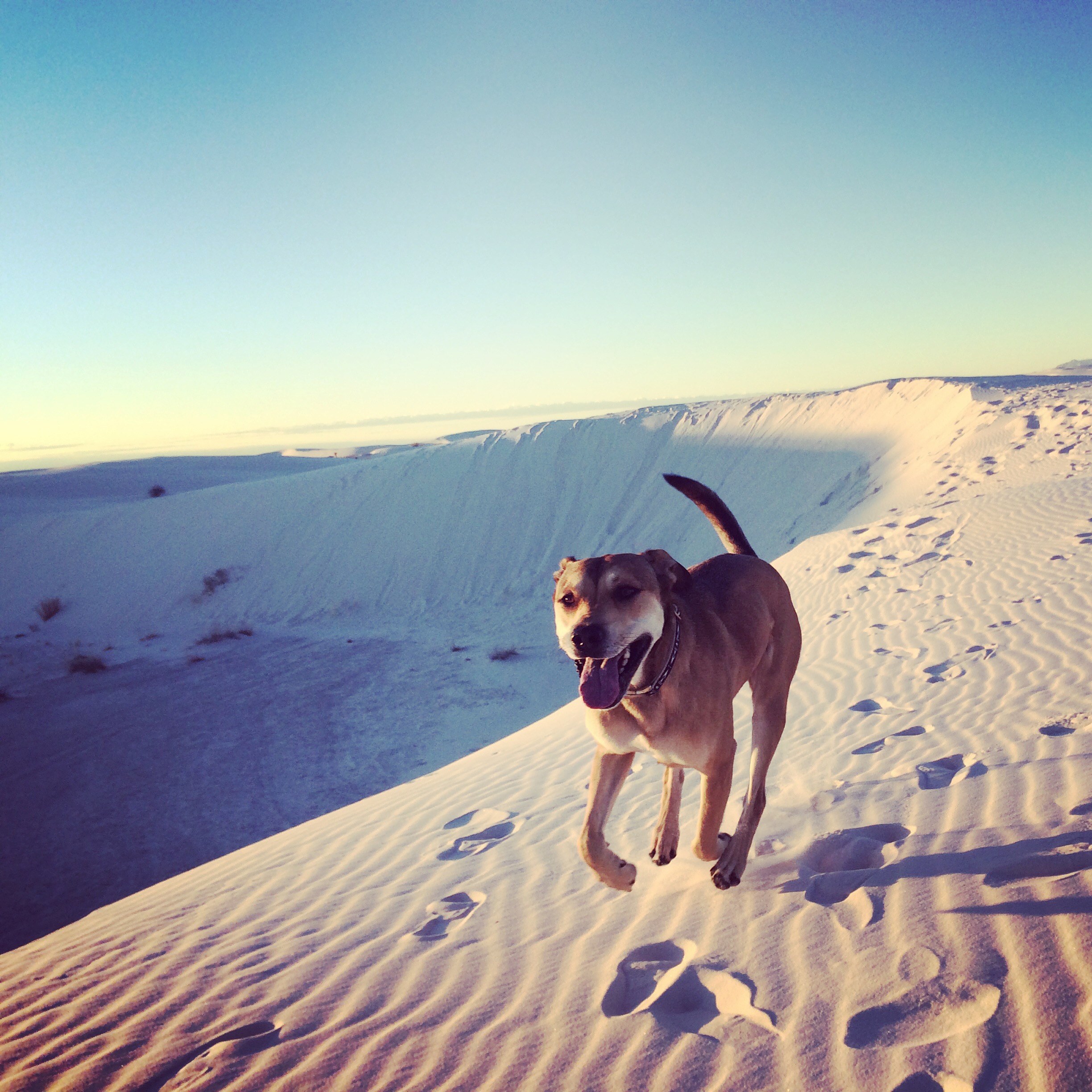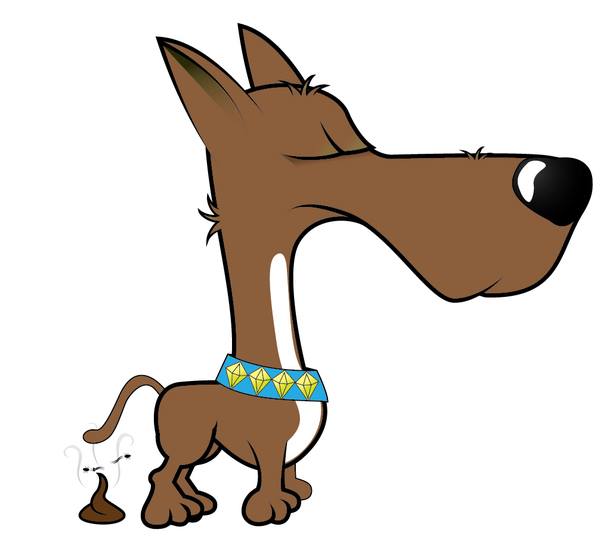“Dogs, lives are short, too short, but you know that going in. You know the pain is coming, you're going to lose a dog, and there's going to be great anguish, so you live fully in the moment with her, never fail to share her joy or delight in her innocence, because you can't support the illusion that a dog can be your lifelong companion. There's such beauty in the hard honesty of that, in accepting and giving love while always aware that it comes with an unbearable price. Maybe loving dogs is a way we do penance for all the other illusions we allow ourselves and the mistakes we make because of those illusions.”
Dean Koontz - The Darkest Evening of the Year
When we get a dog we accept one sad fact - that we will outlive them. It’s something we don’t like to talk about or think about, but we know it in the back of our minds. We let the knowledge of this fact prompt us to be present and enjoy every moment together.
An important part of loving our dogs is giving them a peaceful and graceful end of life. Instead, with a heart full of love, many well intentioned owners keep their dogs alive too long with uncomfortable medical interventions and only take the final step of euthanasia when their hand is forced instead of at a more compassionate time.
As my own dog gets older I’m learning about how the needs of a dog change with passing years. I’m making sure to keep Harley’s teeth clean, get yearly senior blood panels, keep her fit while being considerate of her diminishing stamina, and advocating for her when we are out in public by keeping large, excited puppies away from her so she doesn’t get hurt.
It’s important to start thinking about your end of life plan for your pet before you need to. When your dog gets older or ill, emotions will be running high and you won’t be able to think clearly. The most important thing to be guided by is their comfort and quality of life. My friend who recently lost his dog commented that he wished there was more advocacy for his dog’s comfort at his final diagnostic vet appointment. They offered to do tests and treatments, but didn’t talk about how to navigate the dying process with the dog's best interest leading the way.
Quality of Life
As your dog ages, keep checking in on their quality of life. Usually the decline is very gradual and shifts over time can be hard to notice day to day. It can help to compare their behavior not to yesterday or last week, but several months before as a way of checking in.
Dogs are prone to hiding their pain or don’t express it in ways that we intuitively understand. These behaviors may indicate a dog is in pain:
Irregular behavior patterns
A higher than normal anxiety level
Excessive panting or gasping for breath
No longer enjoying or seeking out contact with you and the rest of the family
Reluctance to move or consistent pacing especially at night; restlessness
Avoidance of their favorite activities
Changes in the dynamic between them and other pets in the house
Seeking out unusual places to sleep or hide
While vets can offer painkillers that can manage pain, because it’s so hard for dogs to communicate the level or location of their pain, this isn’t as safe or sustainable of a long term option for dogs as it is for humans.
It’s also a good idea to have a dollar number in mind of how much you are able to invest in your dog’s treatment or care. When considering potential testing or treatments, it’s important to consider the dog’s age, the invasiveness of the treatment, the potential side effects, probability of improvement and to weigh the costs and benefits. You can also consider alternative therapies like massage, acupuncture, chiropractic treatments, physical therapy and CBD as a way to improve or manage their quality of life.
When things get hard
As dog’s age, there will often be a sudden decline. This is usually marked by a lack of interest in food and subsequent weight loss, drop in energy level, trouble breathing or moving around, change in coat or hygiene habits, and less frequent urination or incontinence. When you notice these symptoms, track them using a journal. You’ll want to keep track of bathroom activities, feeding time and amounts and any symptoms.
At this time it’s a good idea to contact some in home euthanasia services so you have options arranged when the time comes. A trip to the vet can cause a dying dog additional stress, so having them euthanized at home is preferable even though the cost is higher.
How to know when it’s time
Very few dogs die a natural and peaceful death. That is unfortunately an extremely rare way to go. You will most likely need to monitor your dog closely and decide when and how to euthanize them. Preventing your dog from having undue suffering and maximizing the enjoyment they have left should be your guiding pillars. Vets say that it is far better to be one week or one month too early than to be one or two days too late. This is a time where we truly need to put our dogs’ well being ahead of our own.
Remember, your dog is likely to hide their pain and to do what they have done their whole lives, try to please you. That means seeming more okay than they are and staying around for you. It’s important you know your bar for suffering before this stage so you can make the call you need to at the appropriate time. Afraid to end their pet’s life too early, many people wait too long, until the end is absolutely undeniably upon them and there is no other choice. This can involve a dog having seizures or other traumatic medical experiences that are ultimately unnecessary. It may be time to book the appointment when your dog shows:
-lack of enjoyment in activities
-incontinence
-struggling to stand or walk
-restlessness
-refusal to eat or drink
The OSU and ‘HHHHHMM’ Quality of Life scales can help you evaluate your dog’s quality of life using barometrics that can help take emotions out of the equation and make the decision somewhat less subjective.
Caring for a dying pet can take a toll on the caregiver as well. Don’t forget to take care of yourself. Be sure to eat, rest and ask for support. That can be in the form of people checking on you, helping to gather supplies, or attend to your pet so you can rest or run errands.
Enjoying the last few days
Keeping your dog’s limitations in mind, help them enjoy their final days. The best gift you can give your dog in life and death is your presence. Resist the urge to self soothe with TV or social media and simply ‘be’ with them. You can lay a blanket in your yard and relax in the sun, take them for a car ride, feed them people food, go to the park, invite human and dog friends to come see them, let them smell all the smells and pee on everything they want to.
Animals communicate nonverbally, so take this time to sit with your dog and hold some of your favorite memories in your mind and heart. Look through old photos and tell them stories of some of your favorite days together. Cry when you have to, but remember to hold a beautiful vision of your life together, of a peaceful transition, and of a future in which they return to oneness with all things beyond their physical form. A friend of mine likes to say of his dogs that passed “they are closer to me than ever.” While death is an ending, it isn’t the ending and your pet will always be in your heart.
Preparing your space
Doing the procedure at home is preferable to bringing your dog to a vet. You don’t have to transport them at this stage and they will be comfortable in a familiar environment. When your dog starts to decline, call around and talk to a few in home euthanasia services in your area so you know the prices and availability for when you are ready to book your appointment. Know that once the professional arrives at your house the process will be very fast so say your goodbyes before they arrive.
You want your dog to have a comfortable place to lay. There is a chance they will release their bowels or bladder, so be prepared for that by laying garbage bags or a tarp below the towel or blanket they are on. Move furniture so that the professional and your family will have enough room to maneuver around. If your dog is still taking food, you may want to offer them some bacon or meat before or during the procedure.
While vets will give you the option to leave the room, we recommend that you stay with your dog so they can die in your arms. Vets say that when owners choose to leave the dog usually looks for them and is more distressed. After years of loyalty and affection, we owe it to our dogs to offer them all the comfort we can in their final moments, even if it is hard for us.
What happens after
You have a few options when it comes to your dog’s remains. You can bury them on your or a friend’s property, put them in a pet cemetery, have them cremated, or have the vet or euthanasia service dispose of their body. No matter what option you chose, you will think of them everyday and they will live on in your heart. You may keep your dog at home, but not for longer than 24 hours in a cool room. You also want to be sure to sanitize the areas they were. The city of Austin offers a pick up service. Regardless of what you choose to do with their remains, you may want to create a memorial for them in a beloved spot you enjoyed together and plant a tree or plant.
The first few days after your dog’s death will be hard even though you have had some time to prepare. You may want to leave town so you aren’t in the home you shared without them. Plan on giving yourself plenty and time and space to feel and cry and remember and grieve. Grieving doesn’t have a start and end, but rather many layers that will unfold over time. Let yourself take the time you need. Let your friends support you by bringing food and sitting with you. Though there is no short cut, my advice for moving through grief is to eat, move, and spend time in nature every day.
There are some grief support groups you can join to talk to other people who are going through the same thing. Grief is hard to discuss with people who aren’t in it. Even if the people close to you don’t know what to say or do, they still love you and want to be there for you. You can help guide people as best you can. Let them know they don’t need to make it better, just to physically be there, to listen and let you be sad.
Moving on
Though it may be tempting, we don’t recommend getting another dog on the heels of losing a dog. If you know anything about our style of training, we believe that the best way to love a dog is to maintain a stable nervous system. Anyone grieving won’t be able to send a new dog the leadership cues they need to trust you and feel comfortable as they begin their new life with you. There is also no dog that could replace the friend you lost. Some people say they resent the new dog for not being more like their old one and it takes longer to bond.
You may want to enjoy the time between pets by taking a trip. If you miss having a walking companion, borrow a friend’s dog for a hike - chances are you know plenty of dogs not getting enough exercise. When you are ready, read our articles on picking the right dog, either from a reputable breeder or rescue and begin a new chapter of dog ownership.




















